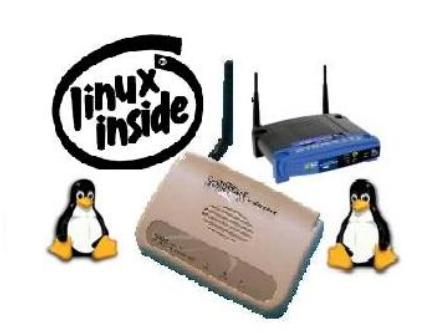 The
University of Adelaide
Home |
School EEE
The
University of Adelaide
Home |
School EEE 

ELEC ENG 4039A/B
FINAL YEAR HONOUR PROJECT
OPTIMISATION WLAN FOR BROADBAND ACCESS

Related Link
PROJECT MANAGEMENT
The project was developed over a twenty-one week period within the dates of 25th July 2005, and 16th May 2006. During semester period, there were one hour official meeting with supervisors per week and one hour official meeting between project members. The meetings were to keep the supervisors and project members know the progress of project and discuss any problems or project issues.
The project included seven main milestones as can be seen from table 1. Milestone 1, 2 and 3 were completed in semester 1, 2005. Milestone 4 and 5 were proposed to do during summer holiday at project members’ own time and project related work would be discussed through email. However, due to twelve week work experience, the milestone could not be completed as expected and they were delayed until the semester commenced.
Table 7.1 – Project Milestones
|
Milestone |
Descriptions |
|
1 |
Project Proposal |
|
2 |
Experimentation previous work and New hardware purchased |
|
3 |
Optimisation Process – Algorithm Decision Making |
|
4 |
Access Point Researches and Learning Tools |
|
5 |
Coding/ Kernel and Module Development |
|
6 |
Integration and Testing |
|
7 |
Final Documentation and Presentation |
During the development process, the project team encountered many difficulties and to overcome those, the expected completed time of firmware development was lagged so that Integration and Testing was squeezed in one week slot instead of 3 weeks time.
Regarding to documentation milestone, the report was updated briefly at the end of each milestone which then required expanding and polishing to produce the final report.
In general, time was the most crucial resources as the project went on. The project team was used the time as efficient as possible to achieve the aims. Although the milestones were not completed on time, but basically most of milestones were achieved by the end of project except the testing phase had not yet done fully.
This project team consists of three students; each persons allowance contributes $160, giving a total budget of $480. This money must cover all expenses including hardware, software and administrative expenses. Table 7.2 shows the total expenses during the project.
Table 2 – Actual Project Budget
|
Items
|
Quantity |
Cost |
Total Cost |
|
UltraWAP
|
2 |
Nil |
Nil |
|
LinkSys
|
1 |
$119 |
$119.00 |
|
Binding Report
|
4 |
$3 |
$12.00 |
|
Printing
|
300 |
$0.06 |
$18.00 |
|
Ethernet Cable
|
1 |
$10 |
$10.00 |
|
DVD
|
1 |
$3 |
$3.00 |
|
Total
|
|
|
$162.00 |
As the beginning of the project, the team decided to purchase Linksys access point for IEEE802.11g deployment as current MNWAPB were no longer produced. In early September news from Rob Clark, Freenet Antenna, that the replacement of MNWAPB came out soon in late September and thanks to Rob that he sponsored two access points to support the project team. As a return, the project team should provide information on how and what they had deployed to the AP.
There were no expenses on books and related materials in this project as they are available in the library and electronics database. It was worth to mention that David and Said lent the project team two books which are “802.11- A definitive Guide” and “Kernel Development” respectively.
In brief, the project team spent a total of $162.00 which is approximately 70% less than allocated budget.
This project was mainly firmware development, all the hardware risks was minimised. At the beginning, being aware of the UltraWAP firmware could not build due to lack of resources and inexperience with Linux system. Therefore, Linksys WAP54G was also purchased. Linksys was chosen due to its popularity, commercially use and its availability of firmware resources which could help the team to achieve the aims quicker.
During the development process, the UltraWAP’s firmware could not build in time which means the optimisation module would not be included and tested on the UltraWAP AP. T
he team decided to concentrate on optimise Linksys device.
Louise and Chun Kiat concentrated on the Linksys Module Development to produce some results at the end of project and Quan would stay on UltraWAP to continue firmware development process due to the commitment with the Freenet Antenna. During testing phase of uploading firmware, one UltraWAP was rendered inoperative during an unsuccessful attempt to flash the memory. The second UltraWAP obtained from David as a backup to continue the development on UltraWAP.
Back HOME
Copyright © The University of Adelaide 2006
Copyright | Disclaimer | Privacy
